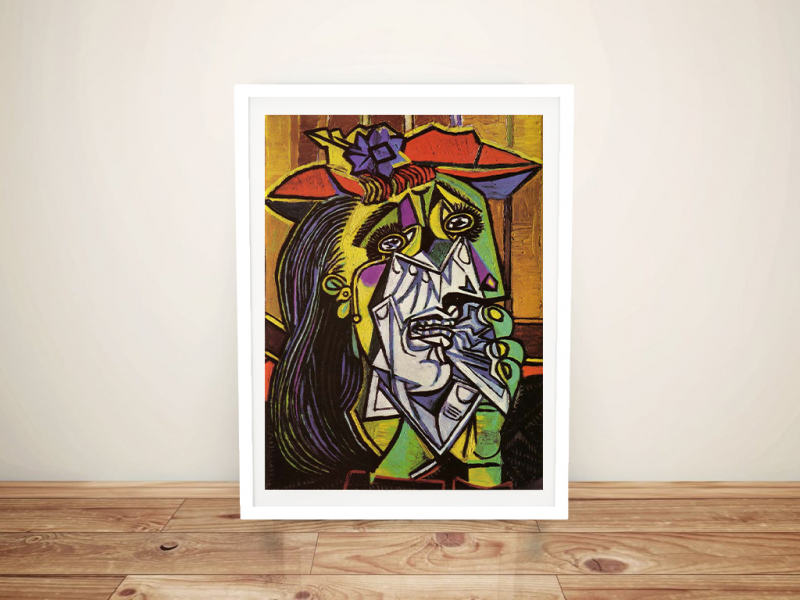The Weeping Woman
Pablo Picasso was famous for his odd renditions of the figures he painted. Later in life, he began to paint in more brilliant colors to portray the emotional significance of the topic. Pablo Picasso completed The Weeping Woman, oil on canvas work, in 1937 in France.
Pablo Picasso depicts a crying woman clutching her dead kid in his masterpiece Guernica. He subsequently made a succession of portraits based on this person, culminating in this painting, the series' last and most intricate work. Dora Maar, a French photographer and painter who was his mistress from 1936 to 1944, is the model in the artwork. Maar was Picasso's principal model and one of the most influential individuals in his life during their relationship. Picasso skillfully depicts the individual in the portrait's suffering and horror by using distorted pictures, deliberately placed tears, blue chattering teeth, and piercing black eyes. Aside from being the most famous painting in Picasso's Weeping Woman series, this portrait is also his most iconic image of Maar.
"Weeping Woman" depicts a sad female crying and clutching a handkerchief to her face to wipe away her tears. This global portrait of suffering is painted in the flattened style of Picasso's early analytical Cubism, defined by the use of angular and overlapping portions of the subject's face as if painted from multiple angles at the same time.
Year: 1937












